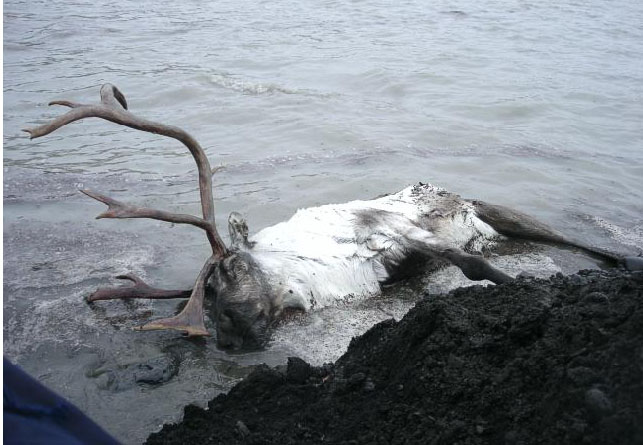
Hálslón, Kárahnjúkar, October 2006
A summer of International dissent and action against Heavy Industry – swarming around Iceland from the 6th of July 2007
Updated July 10th. The campaign to defend Europe’s vastest remaining wilderness continues. After the direct action camps in Iceland’s mountain highlands in the summers of 2005 and 2006 against the Kárahnjúkar dam and ALCOA’s Reydarfjordur aluminium smelter, the Saving Iceland campaign moves on to bring Iceland’s aluminium Heavy Industrialisation to a halt.
New plans for dams, power plants, aluminium smelters and other forms of heavy industry need to be stopped. The culprits include corporations such as ALCOA, ALCAN, Century Aluminum, Hydro, Rusal, Impregilo, Bechtel, Barclays, Mott McDonald, etc… Iceland, with it’s vast geothermal and megahydro possibilities, is a new frontier for cheap energy craving industrial moguls who see nothing worth saving in Iceland’s legendary wilderness.
This camp will bring together activists from all over the world, including activists from social movements in India, South America, Africa, Europe and North America. Stopping the industrialisation and ecological destruction of the last unspoilt country in the west would be a major victory for the green movement and a new incentive for a global movement against industrialisation and ecocide. Join us. Read More